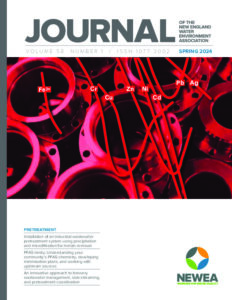| TERM |
DEFINITION |
| Asset: |
A valuable material possession. Property: real, i.e. physical; or intangible, i.e. knowledge, systems, or practices. Tangible property, including durable goods, equipment, buildings, installations, and land. |
| Asset Management: |
Formal, integrated, cost-effective body of asset lifecycle management practices. See OEAM. An integrative optimization process that enables a utility to determine how to minimize the total life-cycle cost of owning and operating infrastructure assets while continuously delivering service levels demanded by customers. |
| Asset Utilization: |
Percentage of time an asset is operating at maximum rate/use within its performance parameters. |
| Availability: |
Measurement of percentage of time an asset/machine is available to fulfill its primary performance requirement, after all scheduled and unscheduled downtime. |
| Baseline: |
A planning and control instrument in the form of a summary of attributes such as quantity, quality, timing, costs, etc, that establishes a formal reference for comparison and verification of subsequent efforts, progress, analysis and control. Can be for project, business or technical management control. |
| Benchmarking: |
A process for measuring “best practice” performance and comparing the results to corporate performance in order to identify opportunities for improvement. The comparison to “best practice,” often called a GAP analysis, leads to a prioritized array of optimizing changes directed to gaining “best practice” levels of effectiveness. A review of what others are doing in the same area. For those who appear to be particularly successful, what they do and how they do it are taken to be examples that should be emulated, i.e. used as ‘benchmarks’. |

